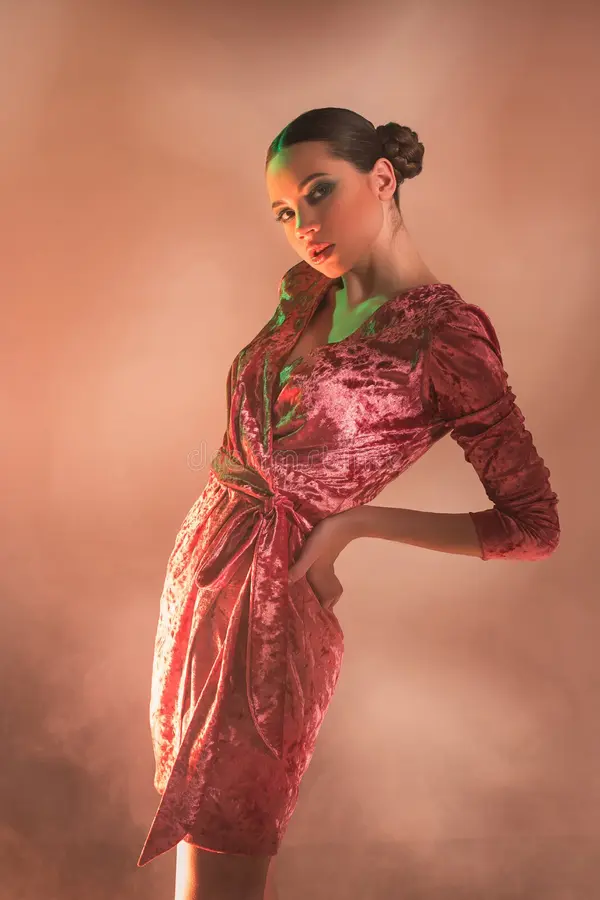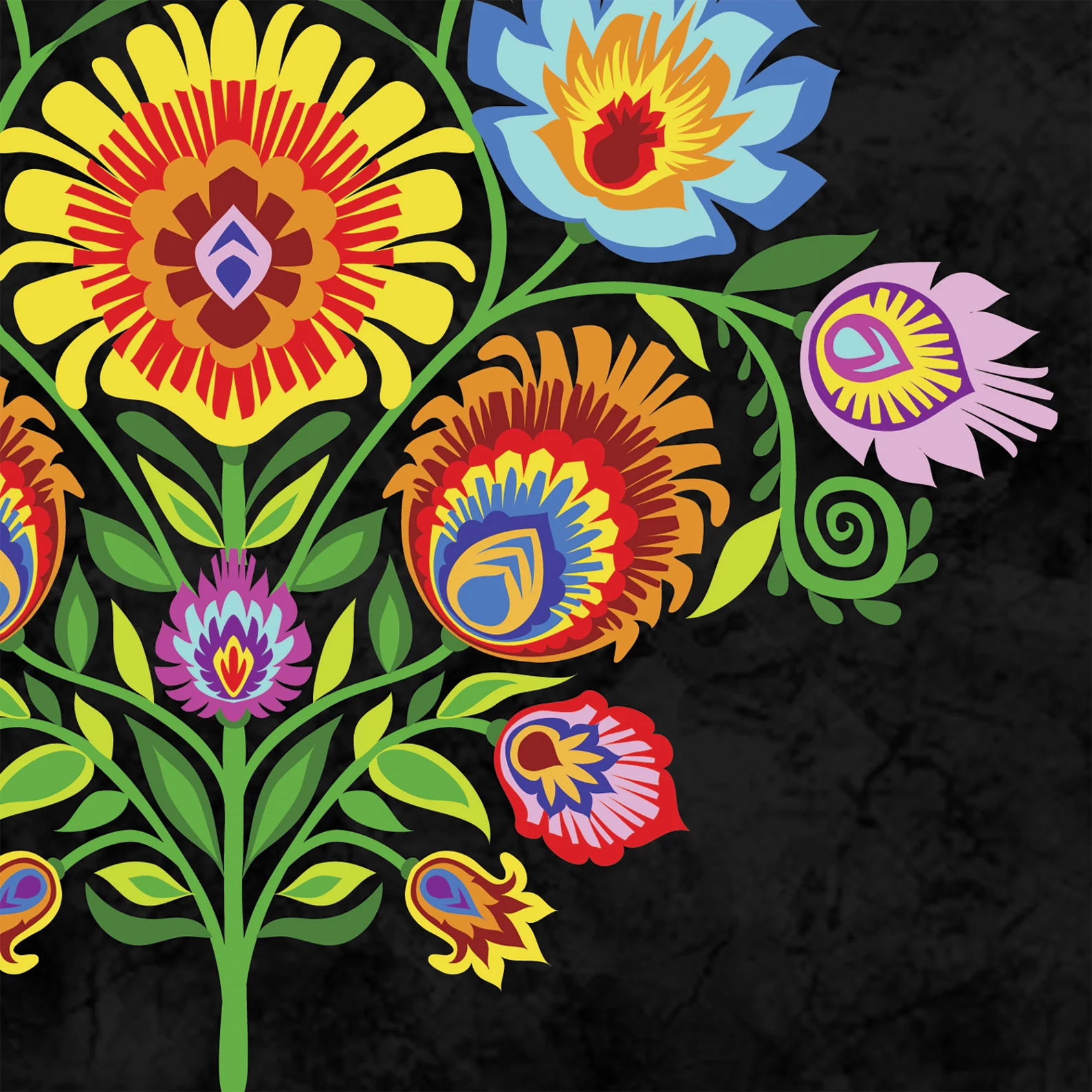
Step into the vibrant world of folk art paint and unlock your own journey of creative expression. Folk art painting is a cherished tradition that spans centuries and cultures, capturing the essence and spirit of communities around the world. From lively and colorful Mexican folk art to delicate and intricate Scandinavian designs, there is a vast array of styles and techniques to explore.
In this article, we will delve into the fascinating history of folk art paint and discover how it has evolved over time. We will explore the diverse themes and subjects that inspire folk art painters, from nature and animals to everyday life and folklore. You will also learn about the different types of folk art paint, including acrylics, watercolors, and oils, and how each medium can be used to create unique and stunning artworks.
Whether you are a seasoned artist looking to expand your repertoire or a beginner eager to dip your brush into the world of folk art paint, this article will provide you with the knowledge and inspiration you need to embark on your own creative journey. So grab your brushes, paints, and imagination, and let’s unlock the vibrant world of folk art painting together.
History and Origins of Folk Art Paint
Contents
Folk art painting has a rich and diverse history that can be traced back to ancient times. It emerged as a way for communities to express their cultural and religious beliefs, often using natural materials and traditional techniques. The earliest known examples of folk art paint can be found in cave paintings, where prehistoric communities used pigments derived from plants and minerals to create images of animals and daily life.
As civilizations developed, so did the art of painting. In ancient Egypt, for example, folk art paint was used to decorate tombs and temples, depicting scenes from mythology and the afterlife. Similarly, in ancient China, folk art painting was used to convey spiritual and philosophical concepts, often in the form of intricate landscapes and calligraphy.
The tradition of polish folk art painting continued to flourish throughout the Middle Ages and the Renaissance, with artists such as Hieronymus Bosch and Pieter Bruegel the Elder incorporating folk art elements into their works. However, it was during the 18th and 19th centuries that folk art painting truly came into its own, as artists began to focus on capturing the everyday lives of ordinary people and their surroundings.
Techniques and Styles in Folk Art Painting
Folk art painting encompasses a wide range of techniques and styles, each with its own unique characteristics and methods. One of the most popular techniques in folk art painting is the use of flat, vibrant colors that are applied in a simple and direct manner. This technique, often referred to as “naive” or “primitive” painting, relies on bold outlines and minimal shading to create a sense of depth and perspective.
Another common technique in folk art painting is the use of decorative patterns and motifs. These patterns, which are often inspired by nature, folklore, and traditional symbols, add a sense of whimsy and charm to the artwork. From intricate floral designs to geometric shapes, these patterns can be found in folk art paintings from around the world.
In addition to these techniques, folk art painting also encompasses a wide range of styles, each with its own unique characteristics and influences. For example, Mexican folk art painting is known for its vibrant colors, intricate patterns, and bold symbolism. Scandinavian folk art painting, on the other hand, is characterized by its delicate brushwork, muted colors, and nature-inspired motifs.
Tools and Materials for Folk Art Painting
To create your own folk art paintings, you will need a few basic tools and materials. One of the most important tools is a set of high-quality brushes in various sizes and shapes. These brushes will allow you to apply paint with precision and control, whether you are working on large areas or adding fine details.
In terms of paint, there are several options to choose from, depending on your preferred medium and style. Acrylic paint is a versatile choice, as it dries quickly and can be easily layered to create texture and depth. Watercolors, on the other hand, are known for their transparency and ability to create soft, ethereal effects. Lastly, oils offer rich, vibrant colors and a longer drying time, allowing for more blending and manipulation.
When it comes to surfaces, you can paint on a variety of materials, including canvas, wood, and paper. Each surface has its own unique texture and absorbency, which can affect the final appearance of your artwork. Experiment with different surfaces to find the one that suits your style and desired effect.
Step-by-Step Guide to Creating a Folk Art Painting
Now that you have a basic understanding of the history, techniques, and materials used in folk art painting, let’s dive into the process of creating your own folk art masterpiece. Follow this step-by-step guide to unlock your creativity and bring your vision to life.
- Choose a Subject: Start by selecting a subject that inspires you. It could be a landscape, an animal, a still life, or a scene from everyday life. Consider the themes and motifs commonly found in folk art painting and choose something that resonates with you.
- Sketch and Composition: Once you have chosen your subject, sketch it out on paper to establish the composition and placement of elements. This will help you plan the overall design and ensure a balanced and visually appealing artwork.
- Color Palette: Select a color palette that reflects the mood and atmosphere you want to convey in your painting. Folk art paintings often feature bright, bold colors, but you can also experiment with softer, more muted tones for a different effect.
- Blocking and Layering: Begin by blocking in the main shapes and areas of your painting using light washes of paint. Gradually build up layers of color, allowing each layer to dry before adding the next. This will create depth and dimension in your artwork.
- Adding Details: Once the base layers are dry, start adding details and fine-tuning your painting. Use smaller brushes for intricate details and highlights, and consider adding decorative patterns and motifs to enhance the folk art aesthetic.
- Finishing Touches: Once you are satisfied with the overall look of your painting, take a step back and assess any final adjustments or touch-ups that may be needed. Pay attention to the balance of colors, the composition, and any areas that may need additional refinement.
Remember, the process of creating a folk art painting should be enjoyable and reflective of your own style and vision. Don’t be afraid to experiment, make mistakes, and learn as you go. The beauty of folk art paint lies in its simplicity and expressive nature, so embrace the journey and let your creativity shine.
Tips and Tricks for Achieving Vibrant Colors in Folk Art Paintings
One of the defining characteristics of folk art paintings is their vibrant and lively colors. To achieve this vibrant effect in your own artwork, consider the following tips and tricks:
- Color Mixing: Experiment with mixing different colors to create unique shades and tones. Folk art paintings often feature a mix of bold primary colors, so don’t be afraid to play with combinations and create your own color palette.
- Layering and Glazing: Build up layers of color by applying transparent washes of paint over dried layers. This technique, known as glazing, can create depth and richness in your artwork. Start with lighter colors and gradually build up to darker tones for a more vibrant effect.
- Contrast and Complementary Colors: Use contrasting colors to create visual interest and impact. Complementary colors, such as red and green or blue and orange, can create a dynamic and harmonious color scheme.
- Bold Outlines and Black Accents: Consider using bold outlines and accents of black paint to create contrast and define shapes. This technique is often used in naive or primitive folk art paintings to add depth and emphasis.
- White Space and Negative Painting: Leave areas of white space or negative space in your painting to create a sense of balance and lightness. This technique can also help enhance the vibrancy of the colors by providing contrast.
Remember, the key to achieving vibrant colors in folk art painting is to have fun and experiment. Don’t be afraid to push the boundaries and explore different techniques and combinations. With practice and patience, you will develop your own unique style and create stunning artworks that capture the essence of folk art.
Famous Folk Art Painters and Their Masterpieces
Throughout history, there have been many talented folk art painters who have left a lasting impact on the art world. Their unique styles, techniques, and masterpieces continue to inspire and captivate audiences. Here are a few famous folk art painters and their iconic artworks:
- Frida Kahlo: Known for her vibrant and emotive self-portraits, Frida Kahlo is one of the most celebrated Mexican folk art painters. Her use of symbolism, bold colors, and personal experiences in her artworks have made her an enduring figure in the art world.
- Grandma Moses: Anna Mary Robertson Moses, better known as Grandma Moses, began her career as a folk art painter in her late 70s. Her charming and nostalgic depictions of rural life in America captured the hearts of many, and she became one of the most renowned folk art painters of the 20th century.
- Maud Lewis: Maud Lewis was a Canadian folk art painter known for her whimsical and colorful depictions of rural life in Nova Scotia. Despite living with physical disabilities, she created joyful and vibrant artworks that continue to inspire and delight audiences today.
These are just a few examples of the countless talented folk art painters who have contributed to the vibrant world of folk art paint. Their masterpieces serve as a testament to the power of creative expression and the enduring appeal of folk art.
Folk art painting offers a rich and diverse world of creative expression. From its ancient origins to its modern interpretations, folk art paint captures the essence and spirit of communities around the world. By exploring the history, techniques, and styles of folk art painting, you can unlock your own journey of creative expression and bring vibrant and captivating artworks to life. So grab your brushes, paints, and imagination, and let your creativity soar in the vibrant world of folk art paint.

